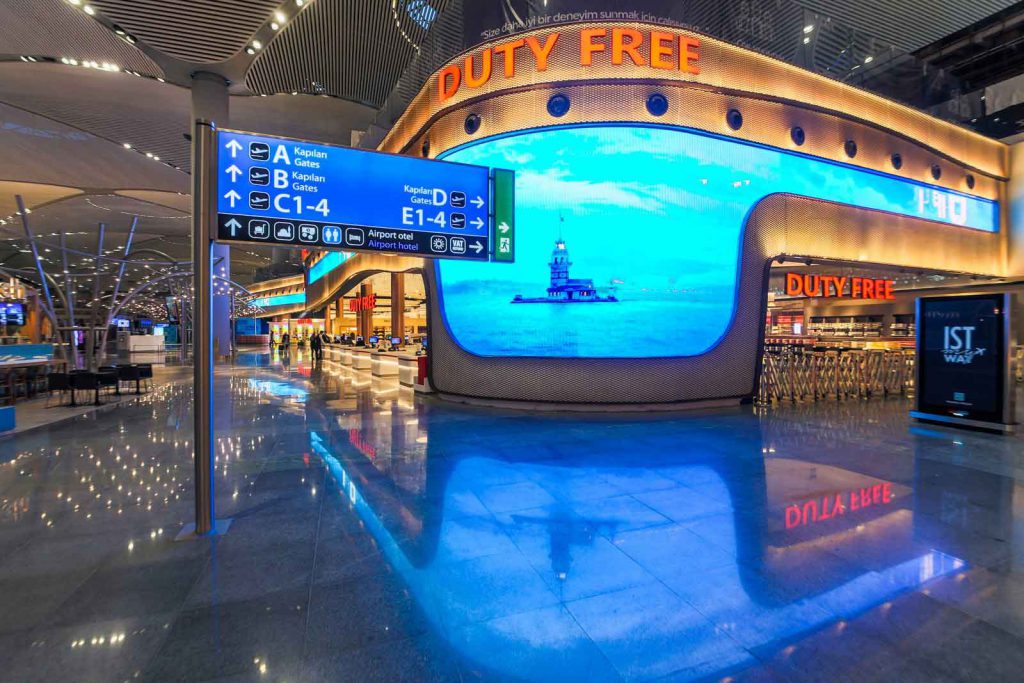Financial Mail Office
Screen Time
If you’ve travelled through the brand-new Istanbul Airport recently, you’d have been hard-pressed to miss the digital signage. The LED screens alone cover around 2.5 netball courts, or 1 012m2. According to Samsung Electronics, this is the world’s largest indoor airport LED signage installation, as befits the world’s largest airport, serving 200 million passengers annually.
Comprising nearly 700 displays, the screens span the arrival halls and baggage-claim areas to check-in areas, passport control and lounges.
According to Orbis Research, the global digital signage market is set to grow from $20.74-billion in 2017 to $31.62-billion by 2023. This is being driven by increased adoption across various sectors, infrastructure expansion in emerging markets and innovation in display technology.
The retail sector leads the market, tapping into the ability to change display content quickly, easily and affordably.
The South African market aligns with these trends, with growth accelerating recently, especially in the retail space as shopping centres compete with each other to attract shoppers. It’s not just malls getting in on the action, though. “Digital signage is no longer only the domain of large shopping centres, public spaces and corporates, but is now also being adopted by smaller companies, fast-food outlets and specialist shops,” says Bruce Gendricks, CEO of Johannesburg-based audiovisual systems distributor Electrosonic.
Crucially, digital signage gives companies the ability to supply information where the customer, or employee, is. “For example, at an airport it is important to show flight schedules in the coffee shop, otherwise the traveller will move to an area where they can easily watch for any updates, and the shop will potentially lose revenue,” says Gendricks.
Unlocking Value
But where, as in the extreme case of Istanbul Airport, can companies ensure they get a return on investment? As is so often the case, unlocking value from digital signage starts even before the hardware and software has been considered. Content is king, and needs to attract attention and deliver a relevant message.
“It’s not just about slapping up an ad on a screen; it’s about strategic content at the right time and the right place,” says Ray Smeda, Head of Digital Media at Moving Tactics, a digital signage solutions company. One of the sweet spots is focusing on areas where customers’ waiting time increases, such as queues or waiting areas for orders to be fulfilled. As “dwell time” increases, so does the amount of attention shoppers pay to digital displays.
Moving Tactics’ research indicates that one in three customers notice screen content, and pay attention to it for 9-11 seconds.
As a result, the company suggests that instead of running one long advert in a 10-minute communications loop, rather place two 15-second adverts in that same period to increase brand awareness and improve the probability of being noticed.
Likewise, as customers become more connected, digital signage is also moving off large displays and onto viewers’ mobile devices.
Emerge Queue, a Stellenbosch-based provider of queue-management products, recently trialled a system with Shoprite Money Market that, once waiting times hit a certain length, offers customers the option to leave the queue and continue their shopping, safe in the knowledge that they will receive an SMS notification just before their turn comes up.





